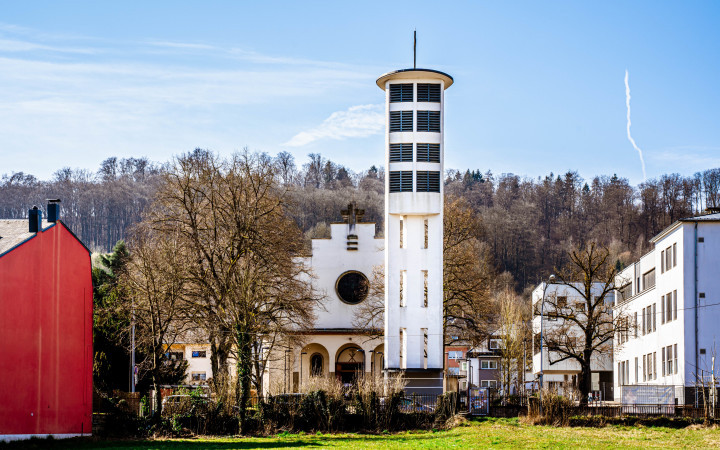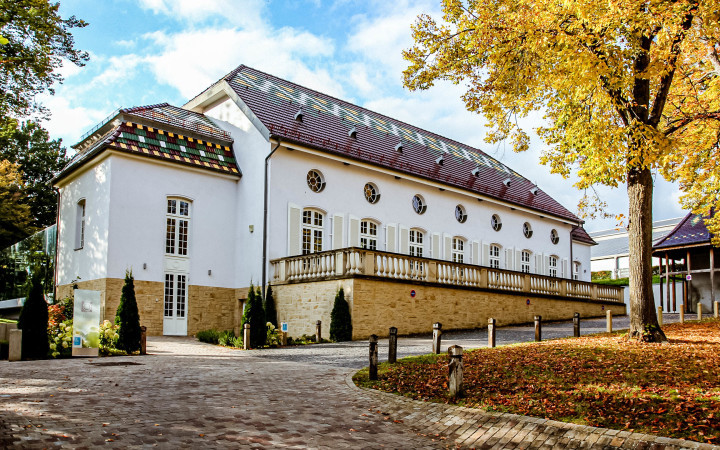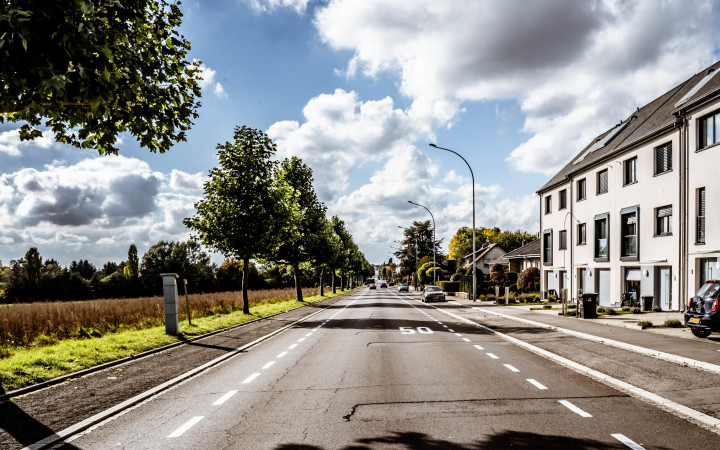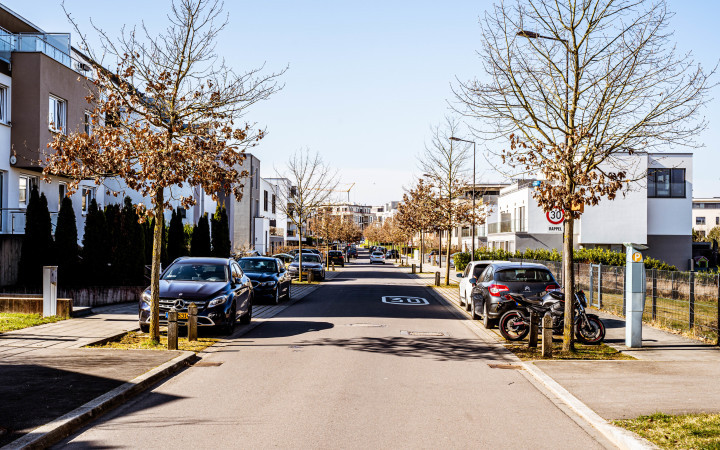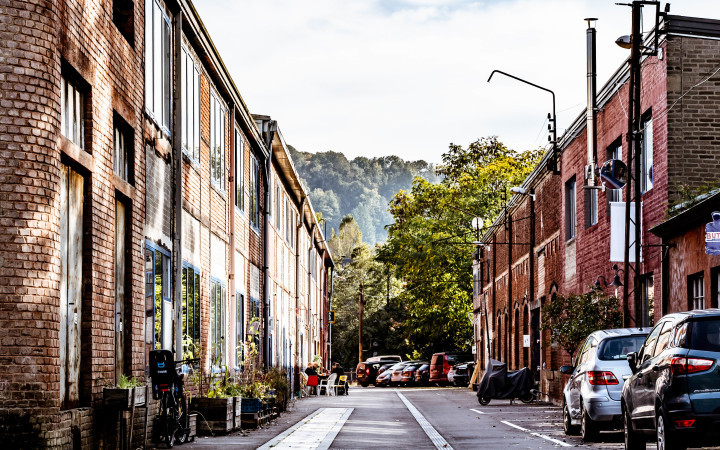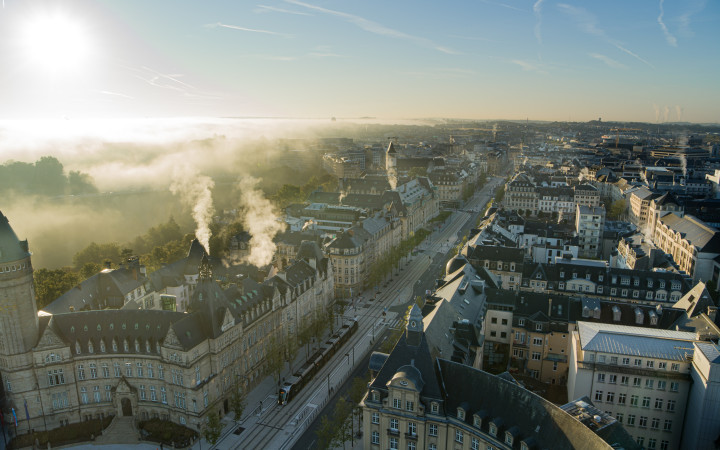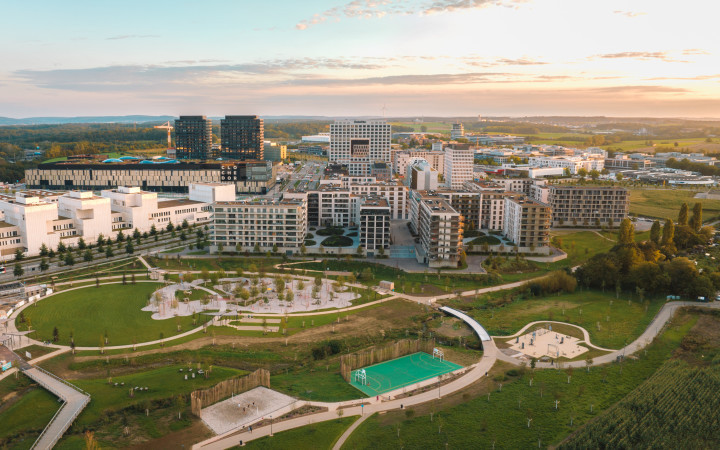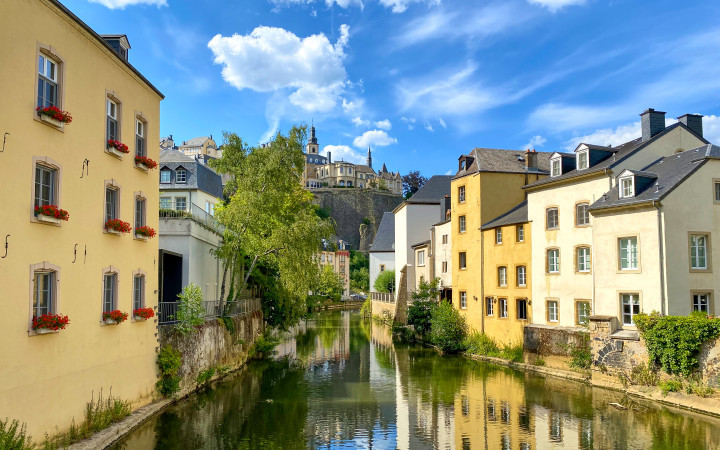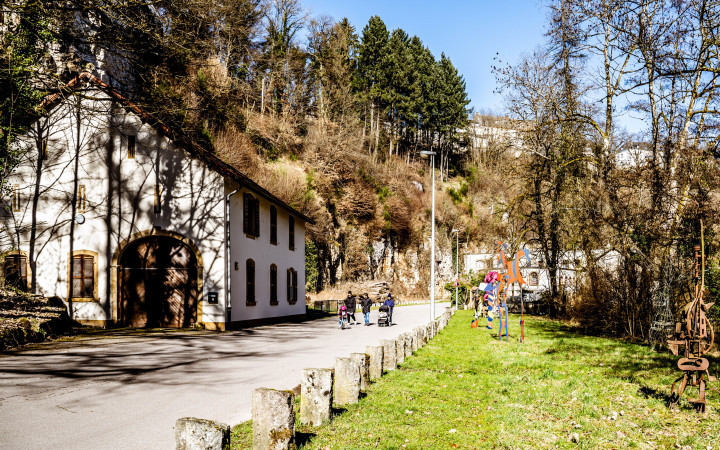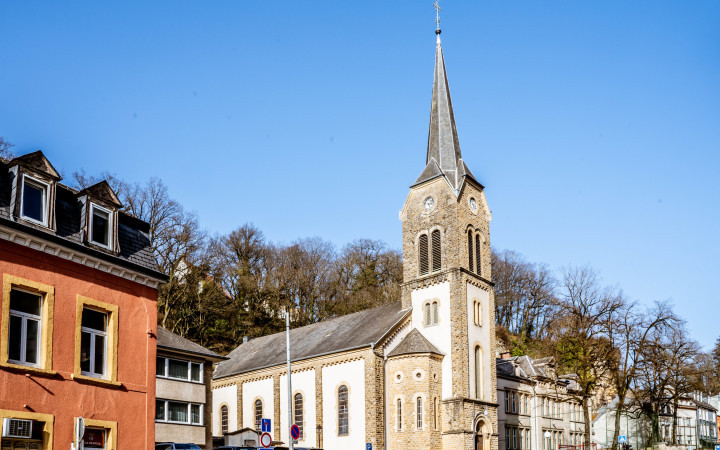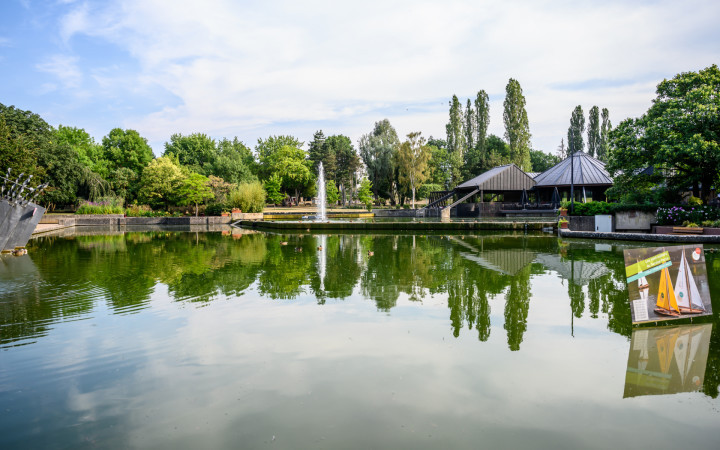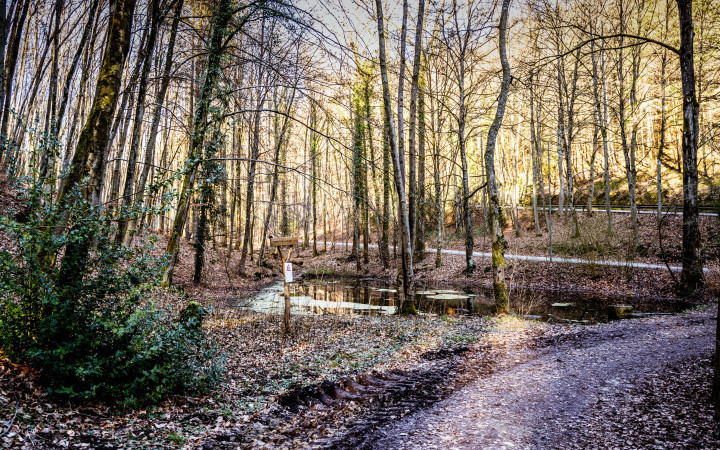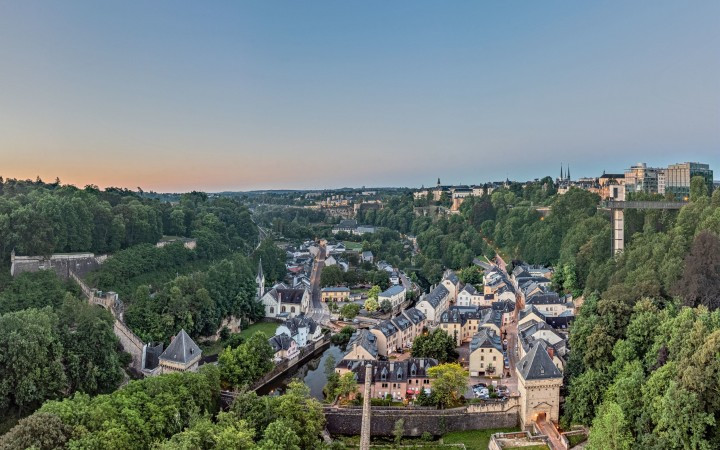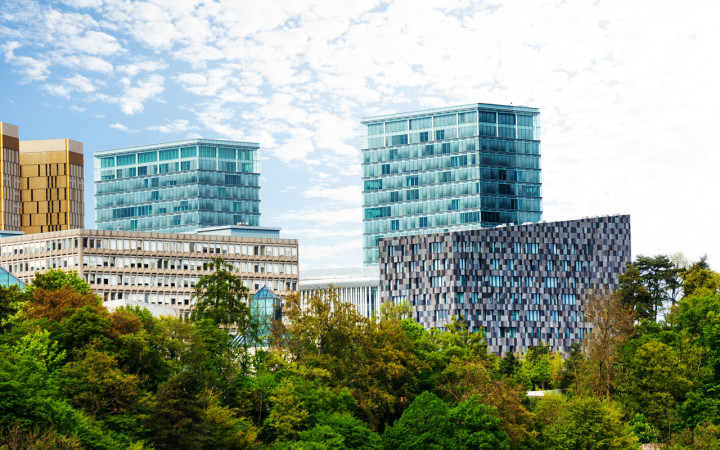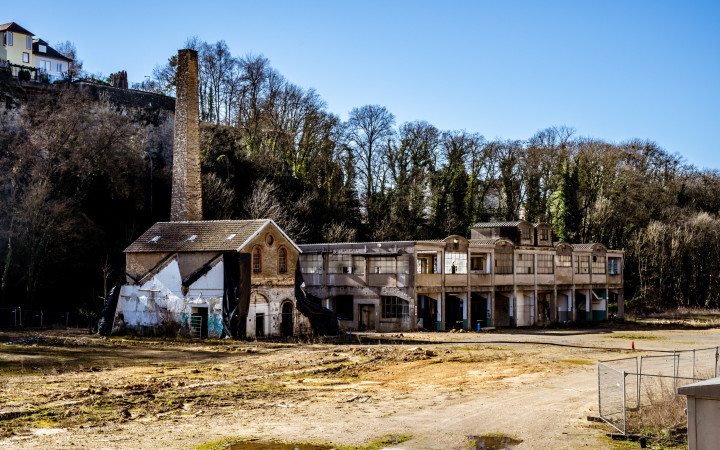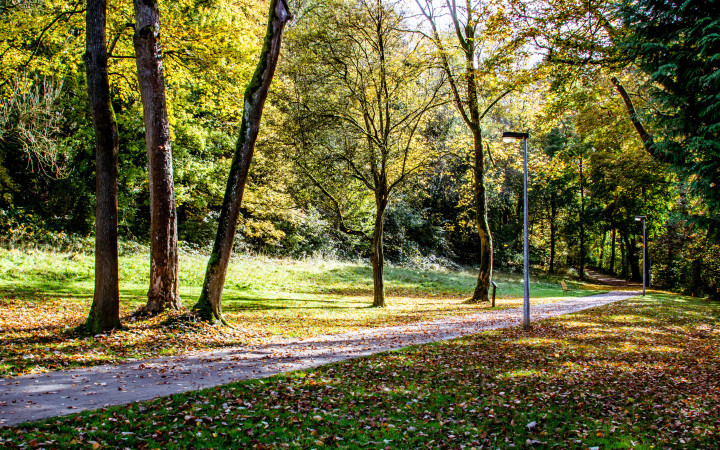
Rollingergrund
Up until the 1930s, the Rollingergrund district, in the far north-west of Luxembourg City, was a rural idyll. Flower and vegetable growers had settled on the fertile land, taking their produce to the weekly markets in horse-drawn carts and handcarts.
The washerwomen of the seven springs
In their heyday, there were eighteen farms and nurseries in the Rollingergrund district alone, the most famous of which those of internationally acclaimed rose-breeders Ketten and Soupert. There was also a brush factory here, as well as a large distillery, a vinegar factory and the legendary Wäschfrae vun Siwenbueren, the washerwomen of the seven springs (Septfontaines), who transported freshly washed laundry to the city every day in wheelbarrows and horse-drawn carts.
The Septfontaines washhouse had served as a laundry for the people of Luxembourg City since 1707, when the city had had eight covered washing troughs built. When in 1766 the Governor to the Austrian Empress Maria Theresa granted the Boch brothers the right to set up an earthenware factory (faïencerie) near the washhouse, it was on the condition that the city’s inhabitants could continue to wash and dry their laundry here.

Septfontaines Castle
The capital’s Rue Notre-Dame remained “Rue Marie-Thérèse” until 1925, in honour of the Austrian Empress, who, in 1767, had awarded the Boch company the title of “Manufacture impériale et royale”: Imperial and Royal Manufactory. In gratitude, the Boch brothers placed a plaque with the imperial coat of arms of Empress Maria Theresa on the factory building.
Septfontaines Castle, which can be seen today in Rollingergrund, impresses with its magnificent façade and central tympanum. Completed in 1784, close to the new factory, the stunning château became a prominent symbol of the rise and success of the Villeroy & Boch porcelain and ceramics factory. During the French Revolution, the château was occupied by French troops, and in 1914, it even had to be sold. However, the Boch family did in later years successfully acquire the château again and renovated it, making Château de Septfontaines the exquisite estate it is today, and a striking landmark in the Rollingergrund district.
The château, with its French gardens featuring statues, a pavilion, fountains and greenhouses (now gone), has been remodelled several times and was restored to its original state in 1976. Today, the rooms of the château are decorated with impressive porcelain from different eras.

The Catholic St. Antonius Church

From 1904 onwards, Rollingergrund, which up until 1920 belonged to the municipality of Eich, was connected to the area around Luxembourg City’s main railway station and the districts of Mühlenbach and Eich by the legendary narrow-gauge steam railway, known locally as “Charly”.
The bus routes that replaced the narrow-gauge railway in 1926 run past some of the first workers’ houses and housing estates to be built after the Second World War.
Today, the district is dominated by its impressive church, which seems to hover at a rocky height above Rollingergrund’s roofs. The Catholic St. Antonius Church, consecrated in 1887, is another striking landmark of the Rollingergrund district, in addition to its château. A new residential neighbourhood with a sustainable concept will be built on the former company site.
Relaxation and nature nearby
In close proximity to Rollingergrund are two highly popular recreational areas:
- The Bambësch forest, with its walking trails and facilities for sports activities.
- Tony Neuman Park in Limpertsberg, which offers a harmonious mix of sculptures, green spaces, and playgrounds.
These spots provide a peaceful escape into nature and perfectly complement Rollingergrund's verdant surroundings.
Photo gallery
How to get there?
By car:
Find the best parking for your stay with our Luxembourg-city parking guidance system.
By public transport:
To go around the city, check out www.mobiliteit.lu which offers live and practical information on public transport in Luxembourg.
Useful information: all buses, trams and trains within the country of Luxembourg are free of charge for citizens and visitors alike.






